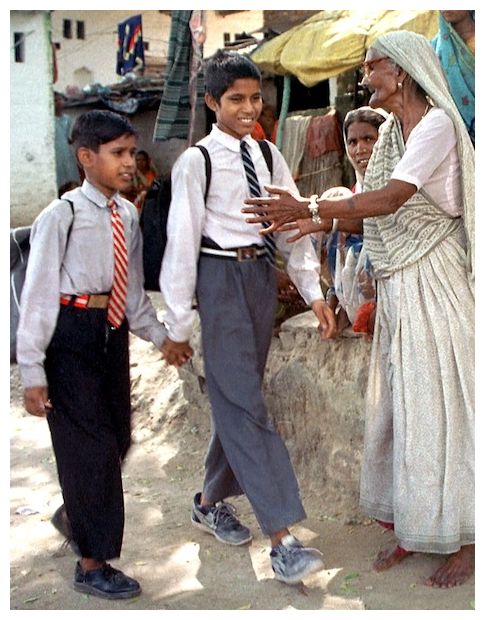
Researchers have found that people from different genetic populations have been intermingling in the Indian subcontinent about 4,200 years ago, but the mingling stopped about 1,900 years ago.
The genetic information along with ancient texts show that distinction classes had been forming from about 3,000-3,500 years ago, and the caste system came into place around 2,000 years ago.
According to Time, researcher Kumarasamy Thangaraj traveled to the Andaman Islands 840 miles off of the eastern coast of India to collect blood samples from an isolated tribe of hunter-gatherers, which helped them find "pivotal" information in India's genetic history after Thangaraj deposited the blood to a blood bank along with 32,000 other samples of Indian countrymen.
The bloodlines pose a puzzle for Indian researchers, where traces can be seen in Eurasian and African descent. However, at one point in history the mingling stopped and different religious, linguistic, and tribal lines started to form, resulting in over 4,600 different genetic groups.
The find was recently published in the American Journal of Human Genetics, stirring up attention when it revealed that genetic mixing stopped nearly 2,000 years ago. Only historians can determine whether or not the castes stopped the mixing of bloodlines, or vice-versa.
"They were all brothers and sisters 2,000 years back," Thangaraj states in relation to the recent violence on August 15th, India's independence day. It's a point he stresses to not make bloodlines battle lines.
According to the Telegraph, it was the British that solidified this system, but the genetics and history prove that it was long established before the British even arrived.
Some historians agree that the system was in place in ancient times, but thought it originally was not hereditary and people were allowed to move up and down socially.
The new information may also come to benefit the diverse groups-with many isolated populations, there may be doors opened to finding cures for diseases that may be linked to genes.
"The finding that a large proportion of modern Indians descend from founder events means that India is genetically not a single large population, but instead is best described as many smaller isolated populations," said Dr Lalji Singh, a study leader from the Centre for Cellular and Molecular Biology in Hyderabad, in Hyderabad, India.



Reader Comments
to our Newsletter